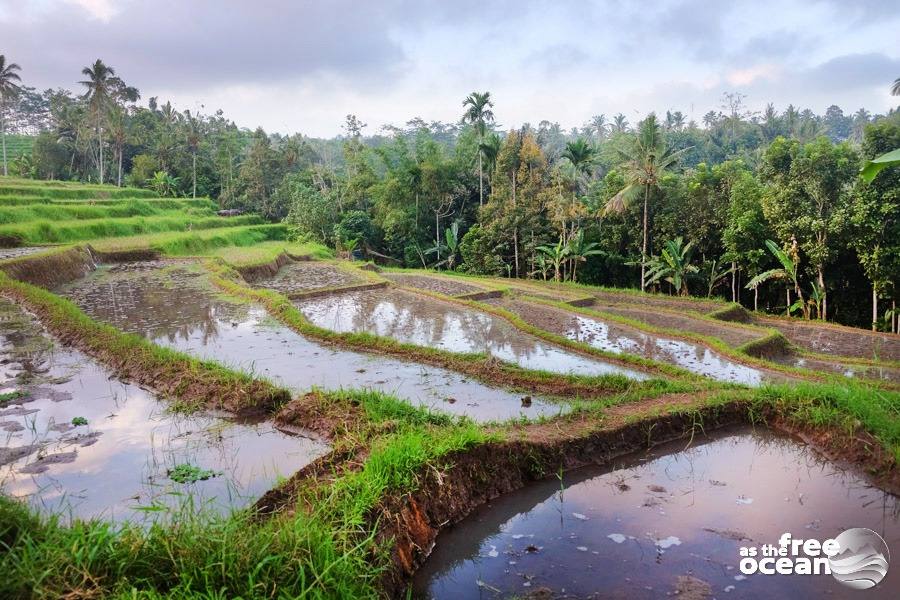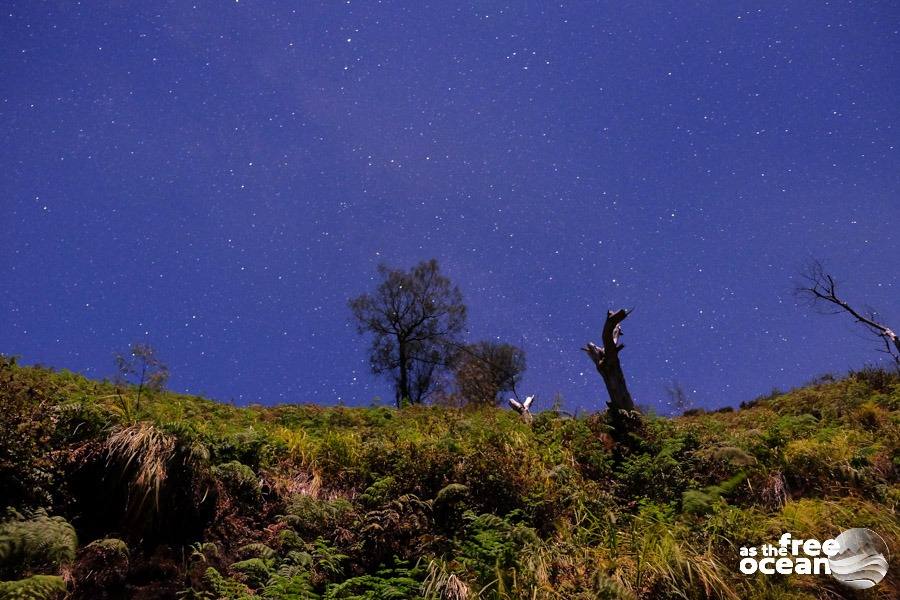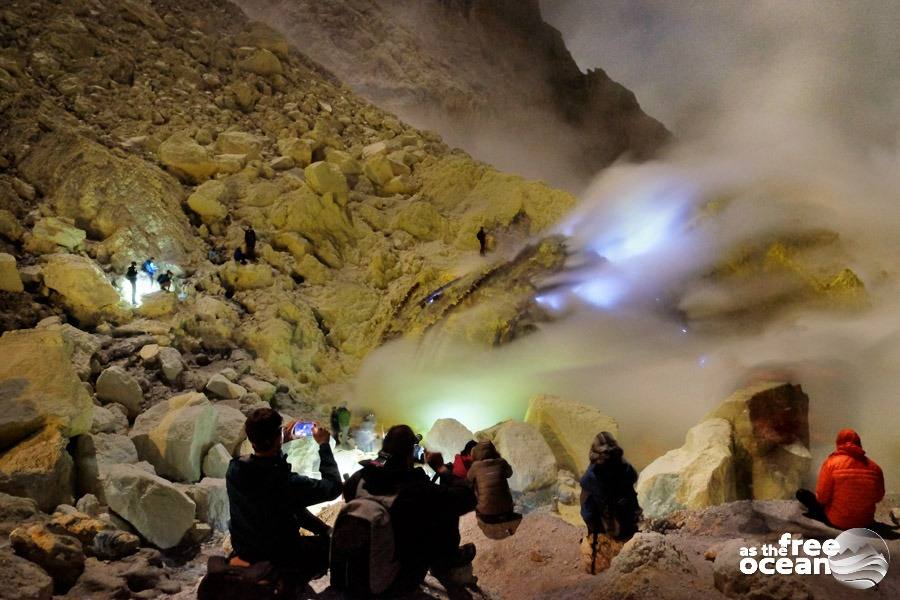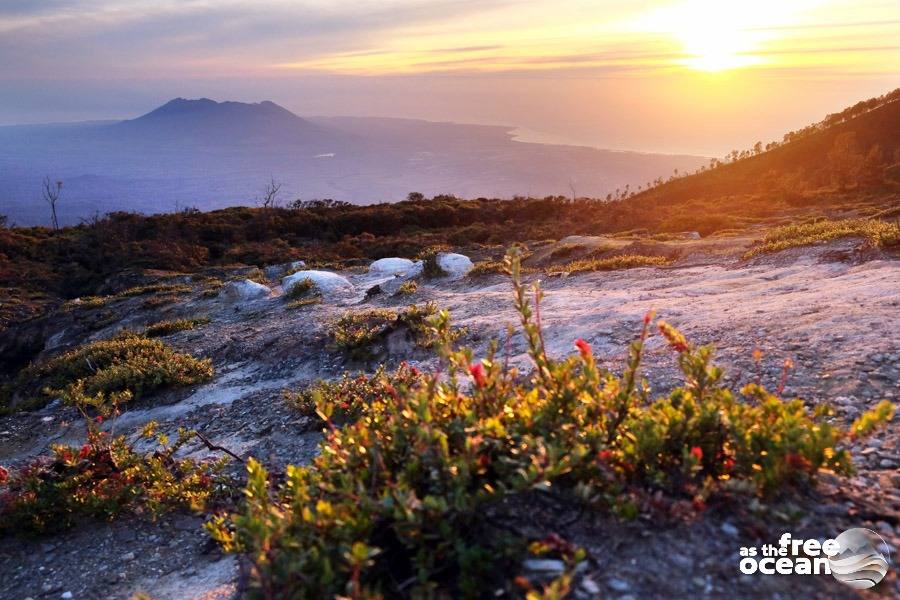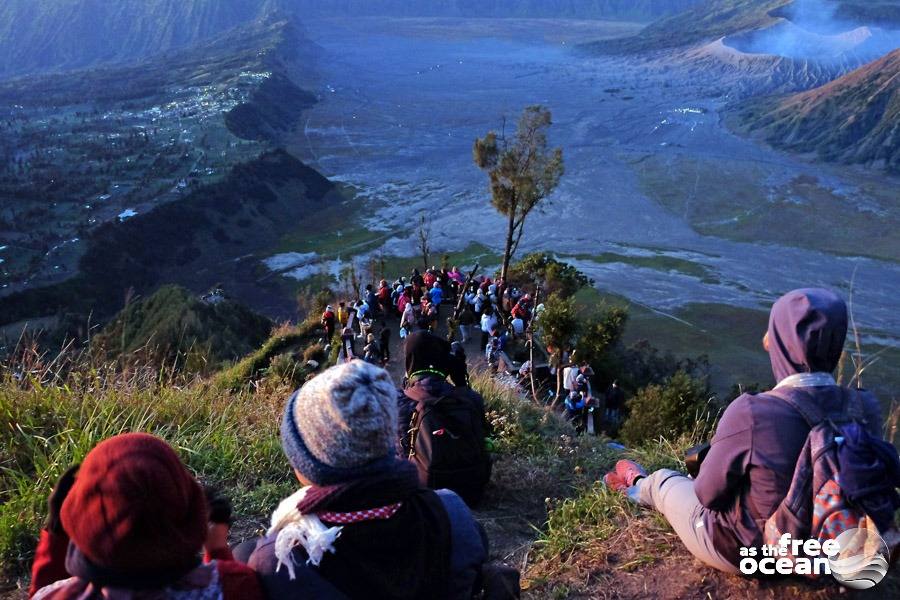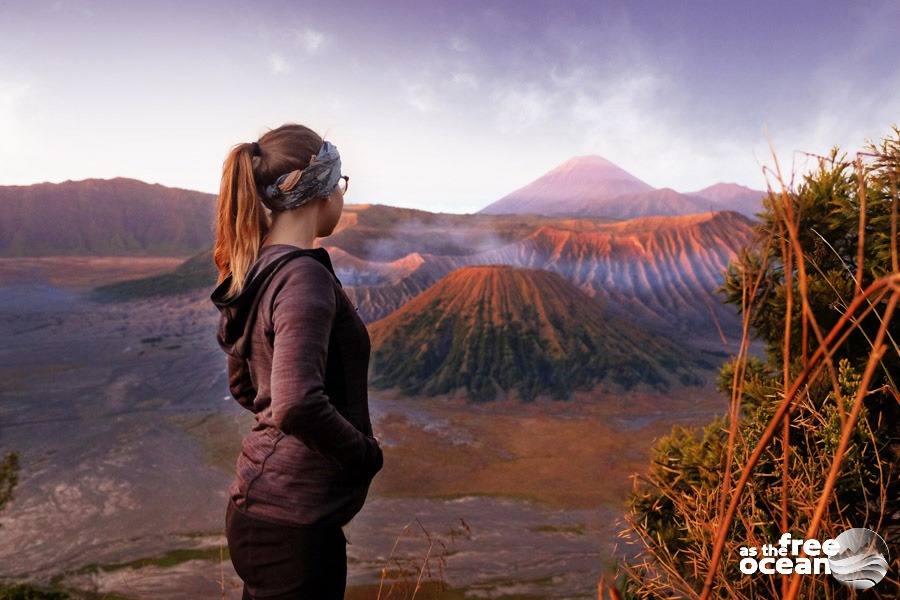As an island nation, Indonesia offers access to a large number of beach paradises and spectacular natural landscapes. It is by far one of the most impressive travel destinations in the world. But apart from its natural wonders, history and culture are the other two aspects that make it worth visiting.
The city of Yogyakarta
Yogyakarta is one of Indonesia’s biggest and most diverse cities, offering access to a reach number of experiences.
We chose a colorful hostel for the 6 days that we spent there, in a more touristy neighborhood, where we could enjoy the variety of delicious local coffee and food. It’s been one of the best coffee experiences in Asia… did we mention that we love coffee very much?
But apart from the good coffee and the chill atmosphere of the place, what we enjoyed most here was the chance to meet again with our friends from Sumatra, whose travel route matched a few times with ours, giving us the chance to meet again and again.
The city offers also a cultural experience. Try visiting the Sultan’s castle (The Kraton), the Taman Sari Water Castle or the Sonobudoyo Museum for an insider look into the local traditions. See the work of skilled artists handcrafting leather puppets, jewelry and batik.
Borobudur Temple and Prambanan Temple
Even if the country’s main religion is Islam, the two main attractions in Joghyakarta are the largest Buddhist temple in the world, Borobudur, and the biggest Hindu temple in Indonesia, Prambanan.
We found the tour organized by our hostel to be the most convenient and cheapest option and it included the visit of both temples in one day. Other travelers prefer to ride a scooter and have the freedom to move around and enjoy more time at the sights.
The tour started early, at 4 o’clock in the morning, so we could climb the stairs of the Borobudur temple before the sunrise. The funny thing about Indonesia is that most of the touristic experiences start at sunrise and nobody would advise otherwise.
The morning light and the mist surrounding the temple create kind of a magical atmosphere when you walk up the stairs to the top of it. Unfortunately, the crowd of tourists armed with selfie sticks, climbing everywhere for a more spectacular picture, ruins the magic fast. But even so, for us it has been a beautiful experience.
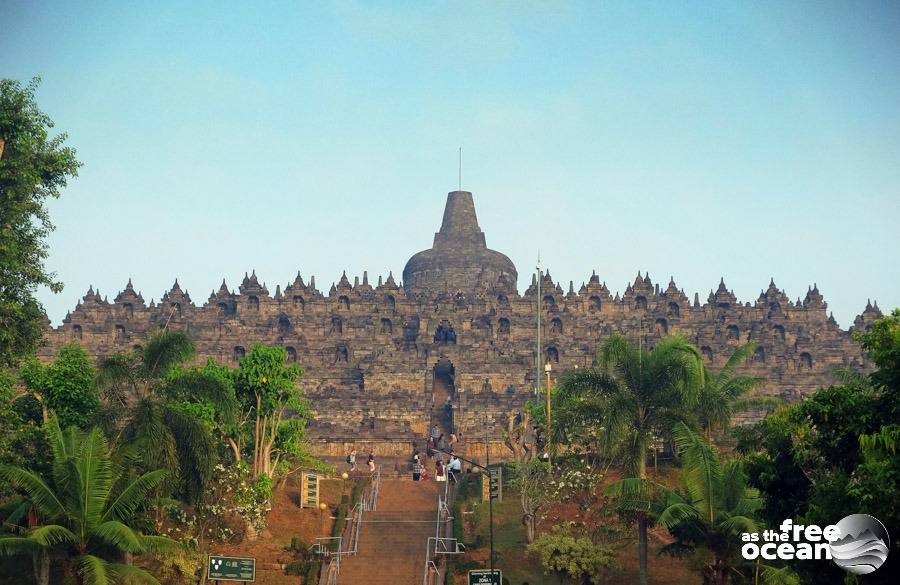
The history of the temple remains uncertain until recent times. Abandoned for years, it was discovered and renovated by the British ruler of Java in 1814, being today a UNESCO World Heritage Site. Decorated with 504 Buddha statues and more than 2000 relief panels, it is an important place for Buddhist pilgrimage. The pilgrimage journey starts at the base of the monument and follows a path around it, ascending to the top through three symbolic levels of Buddhist cosmology.
The Prambanan Temple
While the sun started to move up the sky, so did we towards the Prambanan Temple. The mystical air was not part of the atmosphere anymore, but large crowds of people were. Luckily the area is large enough to accommodate a high number of visitors and give everyone a chance to enjoy exploring the site. Actually, while moving away from the central buildings of the complex of temples, we found smaller ones and almost completely ignored by the tourists, but equally beautiful. There is the option to rent a bike and move around the complex. Also, you can end the tour with a refreshing drink and a tasty snack at the food stalls inside the area.
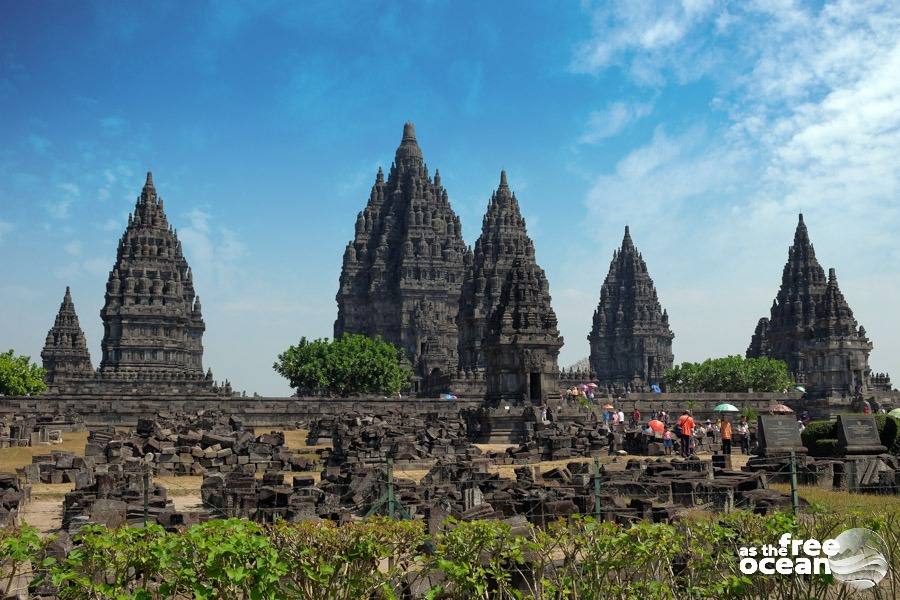
The Prambanan Temple is one of the largest in Southeast Asia, dating back to the 9th century. Damaged by the earthquake in the 16th century, the ruins of the temples have been abandoned and rediscovered in 1811, but the reconstruction of the temple started only one decade later. The project required a lot of effort, due to the advanced level of damage. Most of the smaller shrines are now visible only in their foundations.
Mangunan Fruit Garden in Yogyakarta
If sunrises are your thing, you should know that Yogyakarta has plenty of spots where you can admire a perfect landscape under the morning light. The Mangunan Fruit Garden is one of those spots and, even if there aren’t many fruits around, despite the name, there are many viewpoints and platforms for picture lovers. After the full day tour at the two temples, we found it difficult to wake up for another sunrise, so we went there in the afternoon. The walk around was nice, although the afternoon felt very hot. It is a popular spot among locals for spending the free time, so be ready to share the place with many people and to be invited to take pictures with them.
At the end of the six days in Yogyakarta, we moved towards Jakarta, the capital of the country, which didn’t impress us as much as the other places we already visited in Indonesia. Probably, if we had a bit more time, we could have discovered more beautiful things, even in a big and crowded city like Jakarta. But at the end of our journey in Indonesia, we were already excited about discovering our future destinations, Sri Lanka and India.
For more pictures from Yogyakarta click here.

